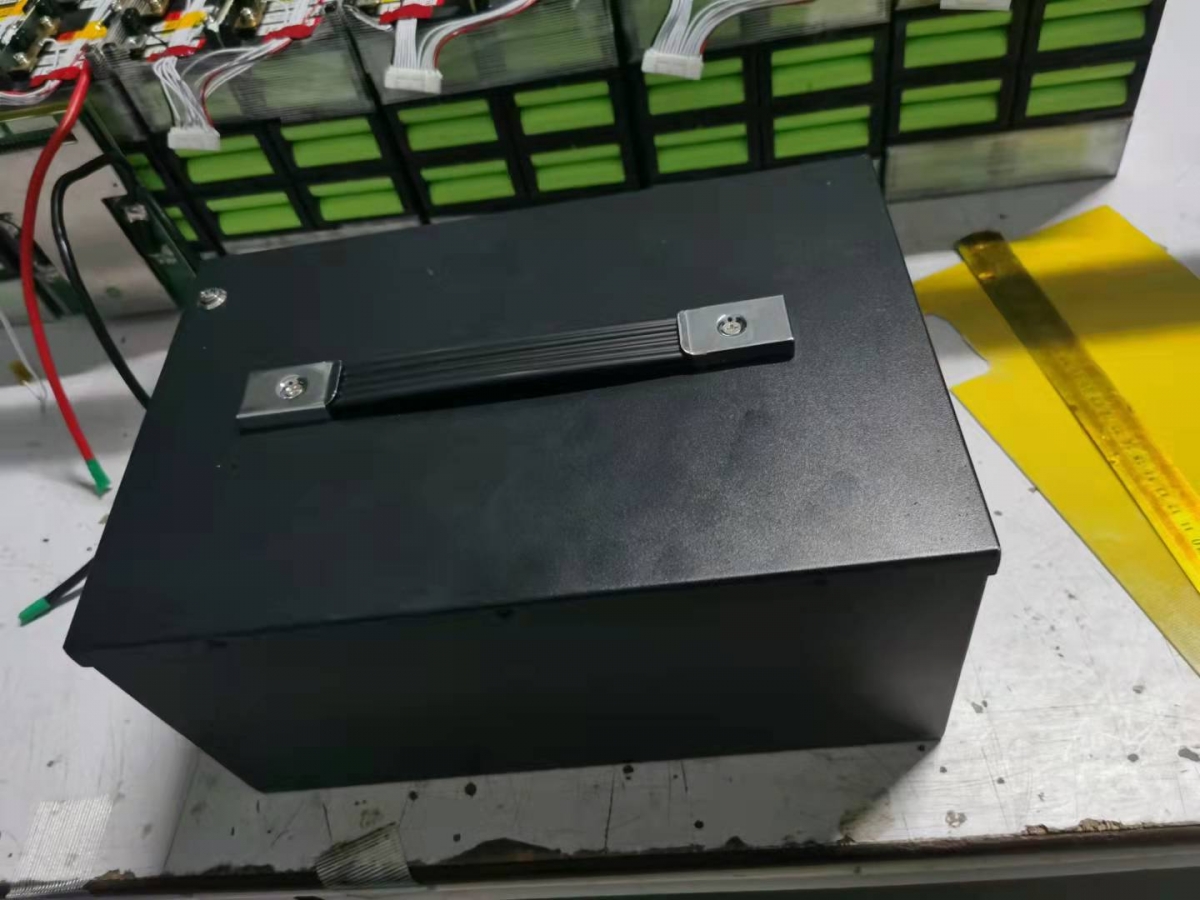- 30
- Nov
Research on the application of related higher energy and relative density lithium batteries
High energy density applications
analyzed the energy storage capacity, durability and cost data of the battery. At present, the most advanced high-energy density lithium battery uses layered lithium transition metal oxide LiMo2 (M=Ni, Co and Mn or Al) as cathode activity data (≈150? 200mahG-1 effective discharge capacity) 1? Graphite (theoretical The specific capacity is 372mahG-1) as anode activity data. Adding part of silicon (about li15si4, 3579mahgsi? 1) proved to be an effective strategy to further increase the specific energy. For example, Yim et al. used composite data of graphite and silicon powder (5% wt%) to prepare and test polyvinyl imine adhesive anodes. After 350 cycles, the most effective electrode has a specific capacity of 514 mahG-1, which is 1.6 times that of commercial graphite anodes, the author said. However, ending the safety cycle of high-content and high-load silicon anodes is very challenging. The most serious defects of silicon as an anode activity data are: (I) high irreversibility, especially in the first two cycles, such as side reactions with the electrolyte; (II) and lithium after alloying, the volume change is large, resulting in The particles crack and the anode self-pulverizes.

It should be noted that all these reverse effects will not only cause a large accumulation of impedance during battery operation, but also cause the depletion of cathode lithium. In addition, loss of contact of silicon particles in the conductive carbon black/binder network and/or collector will accelerate capacity degradation. In recent years, new and/or improved electrolytes, additives and polymer binders have been tested to overcome the major problems of silicon anodes. 11, 13, 15? 17 In addition, the focus is on preparing high-quality silicon-based redox activity data. From the perspective of these studies, only a few of them are considered here. In particular, silicon and SiOx data and their composite data, especially carbon nanoparticles, have broad prospects in future energy storage applications. For example, 18-21, Breitung et al. produced a composite material of silicon particles and carbon nanofibers. After hundreds of cycles, its capacity was approximately twice that of the original silicon particle electrode. The results show that the capacity retention of carbon-coated silicon particles is improved after glucose is prepared by hydrothermal method. Inspired by these studies, the purpose of this study is to use polymer pre-coated silicon particles to prepare nano-si/C composites with a core-shell structure. Electron microscopy, X-ray diffraction and Raman spectroscopy were used to characterize the carbonized powder samples at 700~900℃. In situ pressure method, differential electrochemical mass spectrometry and acoustic emission method were used to analyze the volume expansion, penetration behavior and mechanical deformation/degradation behavior of si/C composite particles on the actual electrode.
